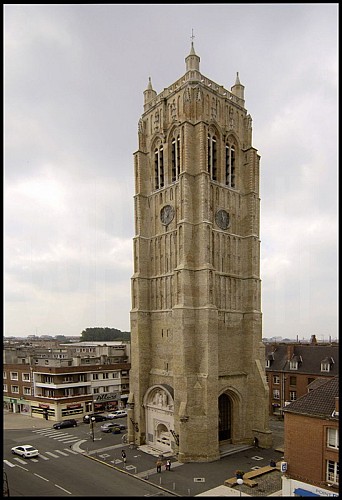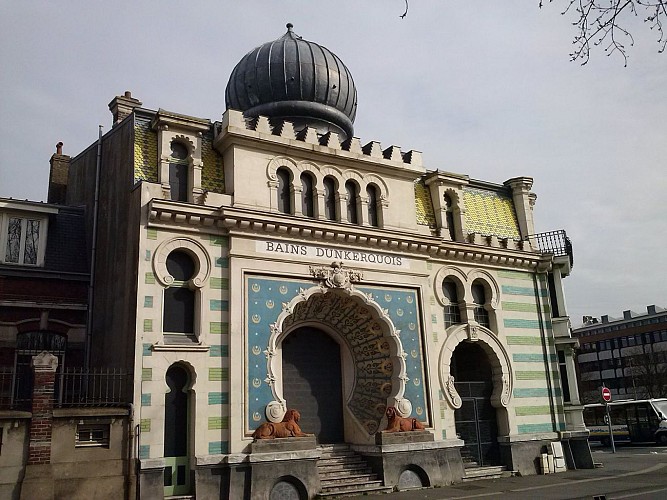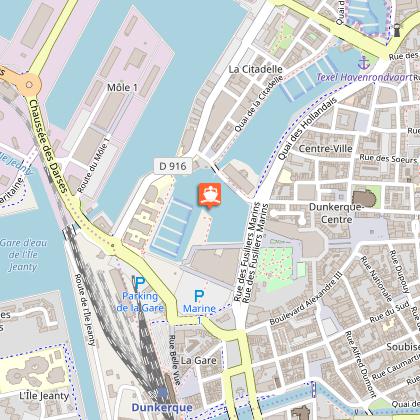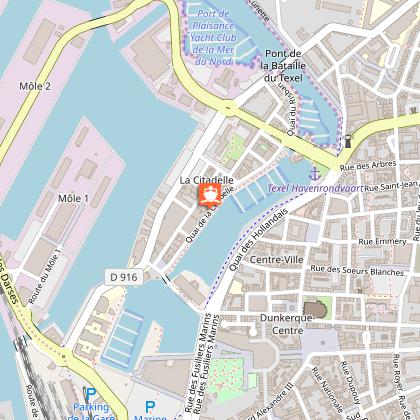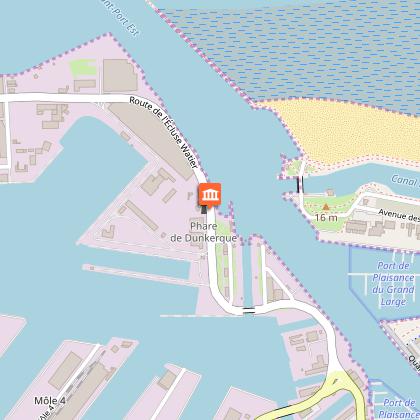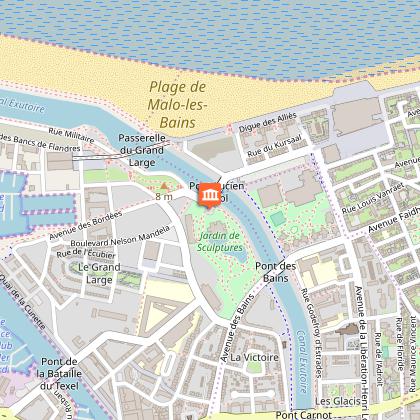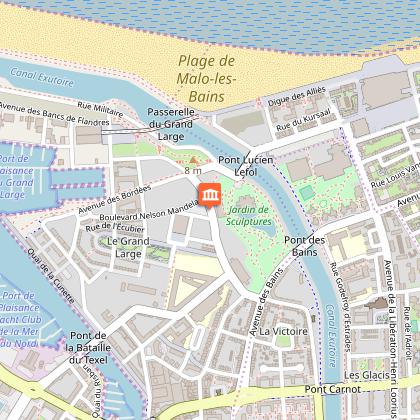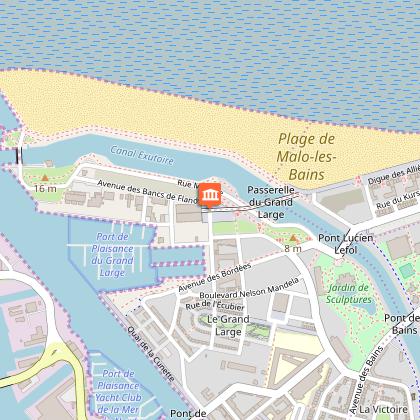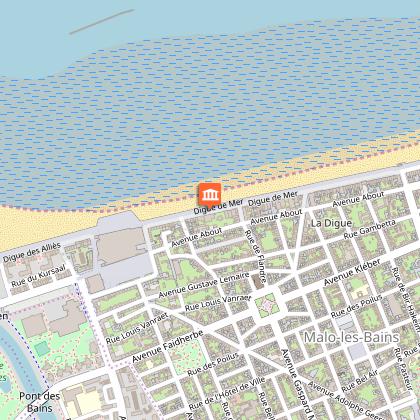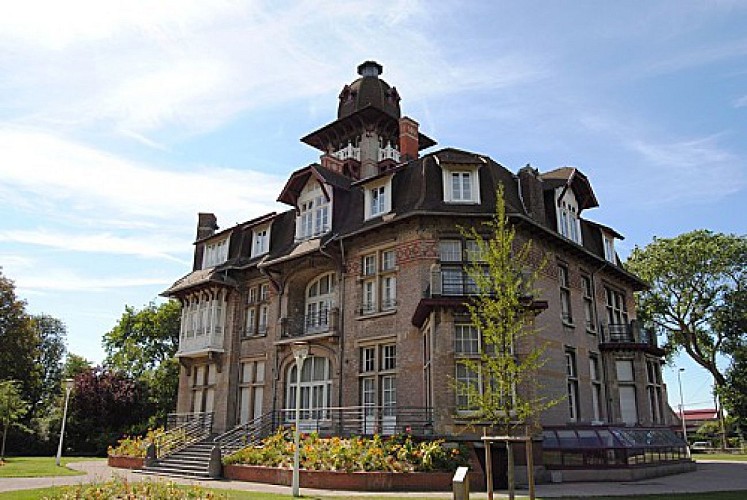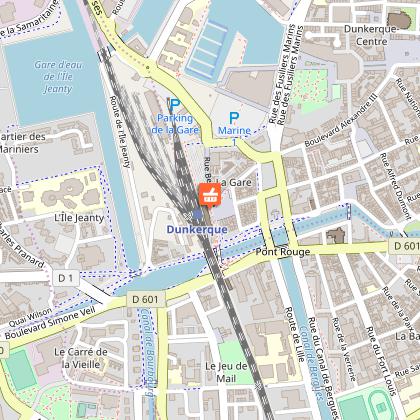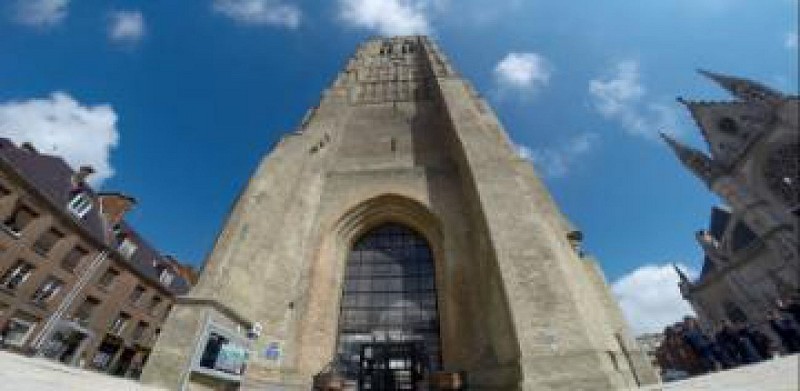Allarme
Allarmi
Dunkerque in bicicletta
Il breve di Cirkwi
Imbarcati in un viaggio eccezionale per le strade di Dunkerque, progettato da Xavier Lesaege, e scopri la città da una prospettiva diversa. Approfondisci una vibrante miscela di storia, architettura e bellezza paesaggistica mentre pedalando attraverso questa gemma del nord. Il percorso, che parte dal cuore di Dunkerque, guida gli avventurieri al porto storico della città e alla tranquilla spiaggia di Malo les Bains, attraversando l'incantevole Valle delle Rose. In mezzo all'eco del tempo, assisti allo splendore architettonico e allo spirito immaginativo che si sono evoluti nel corso dei secoli, promettendo un itinerario ciclistico pieno di stupore e meraviglie.
Breve descrizione dettagliata del percorso
La pista ciclabile si estende per circa 15,9 km, con un'altitudine che varia da -2 a 9 metri sul livello del mare, culminando in un leggero dislivello di quasi 1 metro. Questo percorso incorpora una miscela di paesaggi urbani e costieri, richiedendo un livello moderato di fitness. Analizzando le specifiche, la pedalata offre l'opportunità di esplorare Dunkerque senza sforzo, adattandosi efficientemente sia all'altitudine che alla distanza. Progettato con precisione, racchiude un viaggio senza soluzione di continuità attraverso la diversa topografia della città.
Suggerimenti stagionali per i viaggiatori
Il viaggio lungo la splendida pista ciclabile di Dunkerque varia a seconda delle stagioni. La primavera e l'autunno sono idilliaci per le loro temperature miti e la minore affluenza, miglioriando il godimento delle viste architettoniche e paesaggistiche. In estate, la brezza costiera offre un ristoro rinfrescante, anche se è consigliabile iniziare presto per evitare il caldo del mezzogiorno. Le pedalate in inverno sono vivaci; abbigliamento caldo a strati e attrezzatura antivento sono indispensabili. Controlla sempre la tua bicicletta, in particolare i freni e gli pneumatici, prima di partire per assicurarti un viaggio sicuro indipendentemente dalla stagione.
Uno sguardo alla ricca eredità di Dunkerque
Dunkerque, situata all'estremità settentrionale della Francia, è una testimonianza di resilienza e magnificenza architettonica. Con origini risalenti al X secolo, la sua posizione strategica sulla costa ha plasmato profondamente la sua storia, influenzando il suo ruolo nel commercio, nella difesa militare e negli scambi culturali. La città e la regione circostante hanno resistito a periodi di prosperità e conflitti, con ogni strato che si aggiunge al suo unico tessuto culturale. La storia di Dunkerque è un vivace mix di opulenza storica, devastazioni belliche e rinascita urbana creativa, che la rende un soggetto affascinante sia per gli appassionati che per i visitatori casuali.
Comprensione dei modelli meteorologici di Dunkerque
Il clima di Dunkerque è prevalentemente oceanico, caratterizzato da temperature miti e precipitazioni moderate durante tutto l'anno. Il periodo migliore per visitare, soprattutto per il ciclismo, è tra maggio e settembre, quando il clima è generalmente caldo e le precipitazioni sono più basse. Il vento è una costante in questa regione, aggiungendo una componente energizzante al tuo viaggio in bicicletta. Tuttavia, è fondamentale prepararsi a condizioni variabili; un inizio soleggiato può trasformarsi rapidamente in un pomeriggio piovoso. I mesi invernali sono più freschi e più piovosi, ma offrono comunque un fascino unico per il ciclista resiliente.
IGN Carte





Informazioni tecniche
Profilo altimetrico
Punto di partenza
Punti di interesse
Autore dei dati

